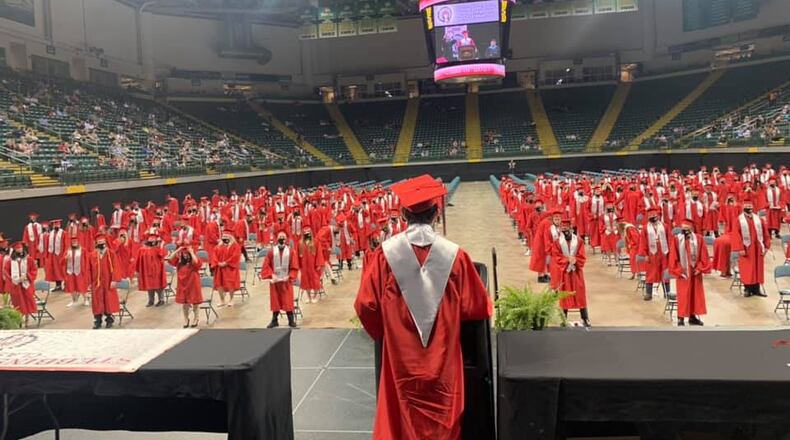Mad River Treasurer Jerry Ellender projected “significant” increasing deficits in future years as he recommended the levy, the first school tax issue on the ballot in the district since March 2012.
“We try not to do it more than once every 10 years for an operating levy,” Ellender said. “And we’re reaching that point now where we just need more operating revenue for the district.”
Operating costs include a variety of expenses, ranging from salaries and benefits to buying school buses and textbooks, he said.
While the county auditor’s office will certify specific amounts, Ellender said the district estimates passage of a 5.9-mill levy would increase costs for the owner of a home valued at $100,000 by $206.50 a year.
The additional tax would raise about $1.5 million a year for the schools, he added.
Based on the district’s five-year forecast, “we just know that we’re going in the wrong direction,” school board President Marilyn Steiner said. “The district is going to go off a fiscal cliff with the (federal) ESSER money running out.”
The district has about $10.4 million in Elementary and Secondary School Emergency Relief (ESSER) Funds budgeted for this and next school year, but none in future forecasts, Ellender said.
With voter approval of the tax increase, “I wouldn’t say that there wouldn’t be any cuts. But there will have to be more cuts if we don’t pass a levy,” he added.
The district is projecting about $2.3 million in deficits for the 2023-24 school year, with that number rising annually to about $7 million by 2026-27, Ellender said.
The district is forecasting to have about $15 million in reserves by the end of this school year and “our minimum” is three months of operating expenses, or about $12 million, he added.
The state lists it as a best practice to maintain “cash balances equivalent to a minimum of 30-60 days of district expenditures.” As of summer 2020, the average school district in Ohio had about 38% of a year’s expenses in the bank, or about four and a half months’ worth.
The school board is expected to vote later this month to place the levy on the May ballot. The deadline to file for tax issues in that election is Feb. 1, Ellender said.
About the Author


